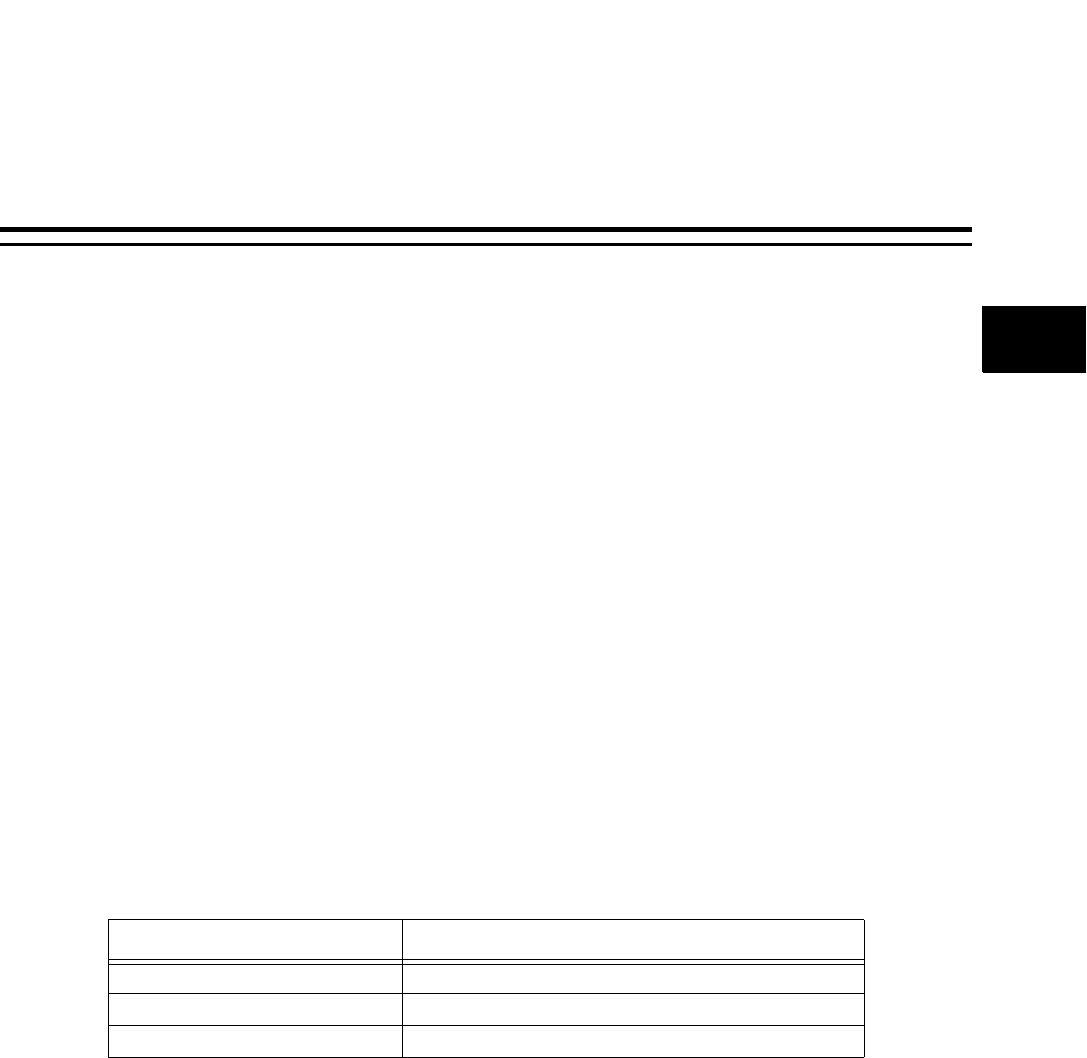Owner's manual
Table Of Contents
- Contents
- Preface
- Introduction
- 1.1 Introduction
- 1.2 EP93xx Features
- 1.3 EP93xx Processor Applications
- 1.4 EP93xx Processor Highlights
- 1.4.1 High-Performance ARM920T Core
- 1.4.2 MaverickCrunch™ Co-processor for Ultra-Fast Math Processing
- 1.4.3 MaverickKey™ Unique ID Secures Digital Content in OEM Designs
- 1.4.4 Integrated Multi-Port USB 2.0 Full Speed Hosts with Transceivers
- 1.4.5 Integrated Ethernet MAC Reduces BOM Costs
- 1.4.6 8x8 Keypad Interface Reduces BOM Costs
- 1.4.7 Multiple Booting Mechanisms Increase Flexibility
- 1.4.8 Abundant General Purpose I/Os Build Flexible Systems
- 1.4.9 General-Purpose Memory Interface (SDRAM, SRAM, ROM, FLASH)
- 1.4.10 12-Bit Analog-to-Digital Converter (ADC) Provides an Integrated Touch-Screen Interface or General ADC Functionality
- 1.4.11 Raster Analog / LCD Controller
- 1.4.12 Graphics Accelerator
- 1.4.13 PCMCIA Interface
- ARM920T Core and Advanced High-Speed Bus (AHB)
- MaverickCrunch Co-Processor
- 3.1 Introduction
- 3.2 Programming Examples
- 3.3 DSPSC Register
- 3.4 ARM Co-Processor Instruction Format
- 3.5 Instruction Set for the MaverickCrunch Co-Processor
- 3.5.1 Load and Store Instructions
- 3.5.2 Move Instructions
- 3.5.3 Accumulator and DSPSC Move Instructions
- 3.5.4 Copy and Conversion Instructions
- 3.5.5 Shift Instructions
- 3.5.6 Compare Instructions
- 3.5.7 Floating Point Arithmetic Instructions
- 3.5.8 Integer Arithmetic Instructions
- 3.5.9 Accumulator Arithmetic Instructions
- Boot ROM
- System Controller
- Vectored Interrupt Controller
- Raster Engine With Analog/LCD Integrated Timing and Interface
- 7.1 Introduction
- 7.2 Features
- 7.3 Raster Engine Features Overview
- 7.4 Functional Details
- 7.4.1 VILOSATI (Video Image Line Output Scanner and Transfer Interface)
- 7.4.2 Video FIFO
- 7.4.3 Video Pixel MUX
- 7.4.4 Blink Function
- 7.4.5 Color Look-Up-Tables
- 7.4.6 Color RGB Mux
- 7.4.7 Pixel Shift Logic
- 7.4.8 Grayscale/Color Generator for Monochrome/Passive Low Color Displays
- 7.4.9 Hardware Cursor
- 7.4.10 Video Timing
- 7.4.11 Blink Logic
- 7.4.12 Color Mode Definition
- 7.5 Registers
- Graphics Accelerator
- 1/10/100 Mbps Ethernet LAN Controller
- 9.1 Introduction
- 9.2 Descriptor Processor
- 9.2.1 Receive Descriptor Processor Queues
- 9.2.2 Receive Descriptor Queue
- 9.2.3 Receive Status Queue
- 9.2.3.1 Receive Status Format
- 9.2.3.2 Receive Flow
- 9.2.3.3 Receive Errors
- 9.2.3.4 Receive Descriptor Data/Status Flow
- 9.2.3.5 Receive Descriptor Example
- 9.2.3.6 Receive Frame Pre-Processing
- 9.2.3.7 Transmit Descriptor Processor Queues
- 9.2.3.8 Transmit Descriptor Queue
- 9.2.3.9 Transmit Descriptor Format
- 9.2.3.10 Transmit Status Queue
- 9.2.3.11 Transmit Status Format
- 9.2.3.12 Transmit Flow
- 9.2.3.13 Transmit Errors
- 9.2.3.14 Transmit Descriptor Data/Status Flow
- 9.2.4 Interrupts
- 9.2.5 Initialization
- 9.3 Registers
- DMA Controller
- 10.1 Introduction
- 10.1.1 DMA Features List
- 10.1.2 Managing Data Transfers Using a DMA Channel
- 10.1.3 DMA Operations
- 10.1.4 Internal M2P or P2M AHB Master Interface Functional Description
- 10.1.5 M2M AHB Master Interface Functional Description
- 10.1.6 AHB Slave Interface Limitations
- 10.1.7 Interrupt Interface
- 10.1.8 Internal M2P/P2M Data Unpacker/Packer Functional Description
- 10.1.9 Internal M2P/P2M DMA Functional Description
- 10.1.10 M2M DMA Functional Description
- 10.1.11 DMA Data Transfer Size Determination
- 10.1.12 Buffer Descriptors
- 10.1.13 Bus Arbitration
- 10.2 Registers
- 10.1 Introduction
- Universal Serial Bus Host Controller
- Static Memory Controller
- SDRAM, SyncROM, and SyncFLASH Controller
- UART1 With HDLC and Modem Control Signals
- UART2
- UART3 With HDLC Encoder
- IrDA
- Timers
- Watchdog Timer
- Real Time Clock With Software Trim
- I2S Controller
- AC’97 Controller
- Synchronous Serial Port
- 23.1 Introduction
- 23.2 Features
- 23.3 SSP Functionality
- 23.4 SSP Pin Multiplex
- 23.5 Configuring the SSP
- 23.5.1 Enabling SSP Operation
- 23.5.2 Master/Slave Mode
- 23.5.3 Serial Bit Rate Generation
- 23.5.4 Frame Format
- 23.5.5 Texas Instruments® Synchronous Serial Frame Format
- 23.5.6 Motorola® SPI Frame Format
- 23.5.7 Motorola SPI Format with SPO=0, SPH=0
- 23.5.8 Motorola SPI Format with SPO=0, SPH=1
- 23.5.9 Motorola SPI Format with SPO=1, SPH=0
- 23.5.10 Motorola SPI Format with SPO=1, SPH=1
- 23.5.11 National Semiconductor® Microwire™ Frame Format
- 23.6 Registers
- Pulse Width Modulator
- Analog Touch Screen Interface
- 25.1 Introduction
- 25.2 Touch Screen Controller Operation
- 25.2.1 Touch Screen Scanning: Four-wire and Eight-wire Operation
- 25.2.2 Five-wire and Seven-wire Operation
- 25.2.3 Direct Operation
- 25.2.4 Measuring Analog Input with the Touch Screen Controls Disabled
- 25.2.5 Measuring Touch Screen Resistance
- 25.2.6 Polled and Interrupt-Driven Modes
- 25.2.7 Touch Screen Package Dependency
- 25.3 Registers
- Keypad Interface
- IDE Interface
- GPIO Interface
- Security
- Glossary
- EP93XX Register List

DS785UM1 16-1
Copyright 2007 Cirrus Logic
1
6
1
6
16
Chapter 16
16UART3 With HDLC Encoder
16.1 Introduction
Note: This chapter applies only to the EP9307, EP9312, and EP9315 processors.
UART3 implements both a UART and an HDLC interface identical to that of UART1; it does
not implement the modem interface. An additional output signal, TENn, is provided to support
RS-485 operation by providing direction control of external data transceivers. The OUT1 and
OUT2 signals in the MCR register define the TENn operating mode. TENn can be configured
to assert whenever the UART transmit buffer has data to send, or to operate under software
control.
For additional details about UART1, refer to Chapter 14, “UART1 With HDLC and Modem
Control Signals” on page 14-1.
16.2 Implementation Details
16.2.1 UART3 Package Dependency
UART3 uses package pins RXD2, TXD2 and EGPIO[3]. See Table 16-1 for details.
The use of EGPIO[3] is determined by several bits in Syscon register DeviceCfg. See
Table 16-2 for details.
Table 16-1. UART3 Pin Functionality
PIN Description
RXD2 UART2 input pin
TXD2 UART2 output pin
EGPIO[3] HDLC clock or TENn










